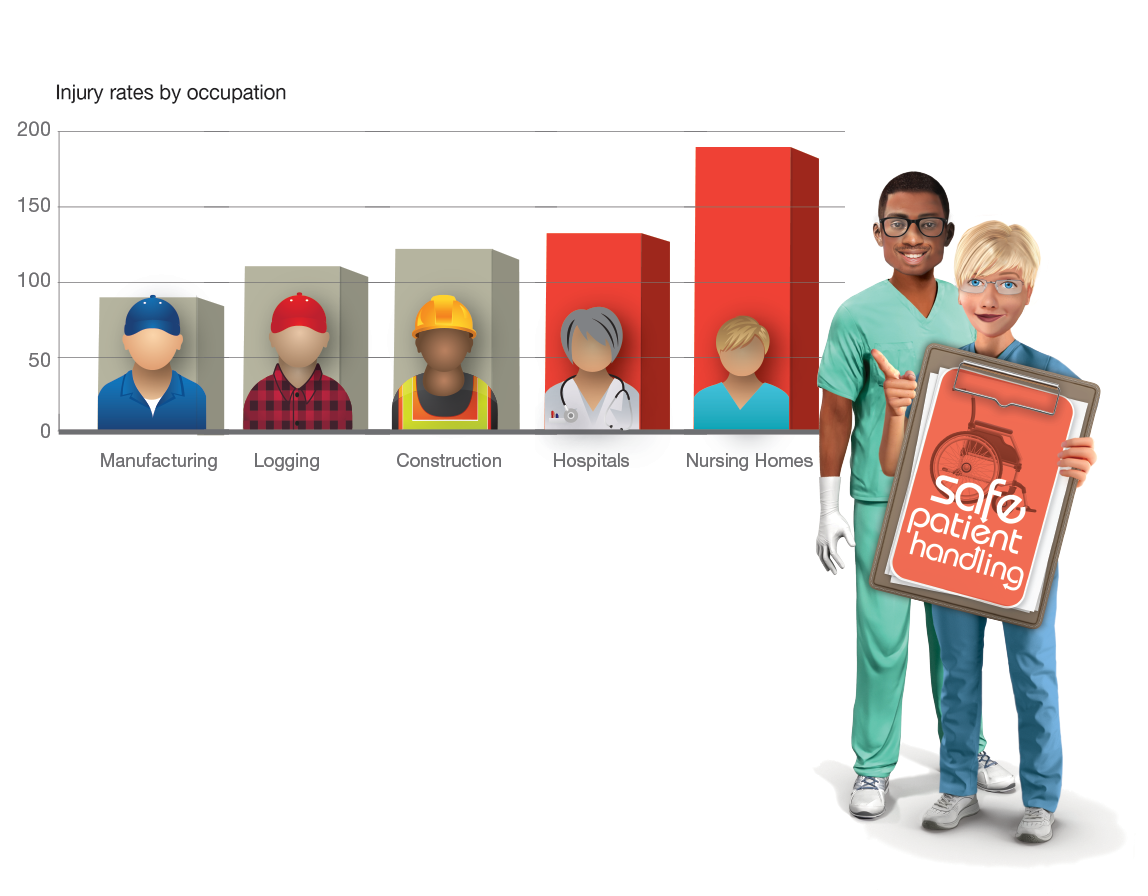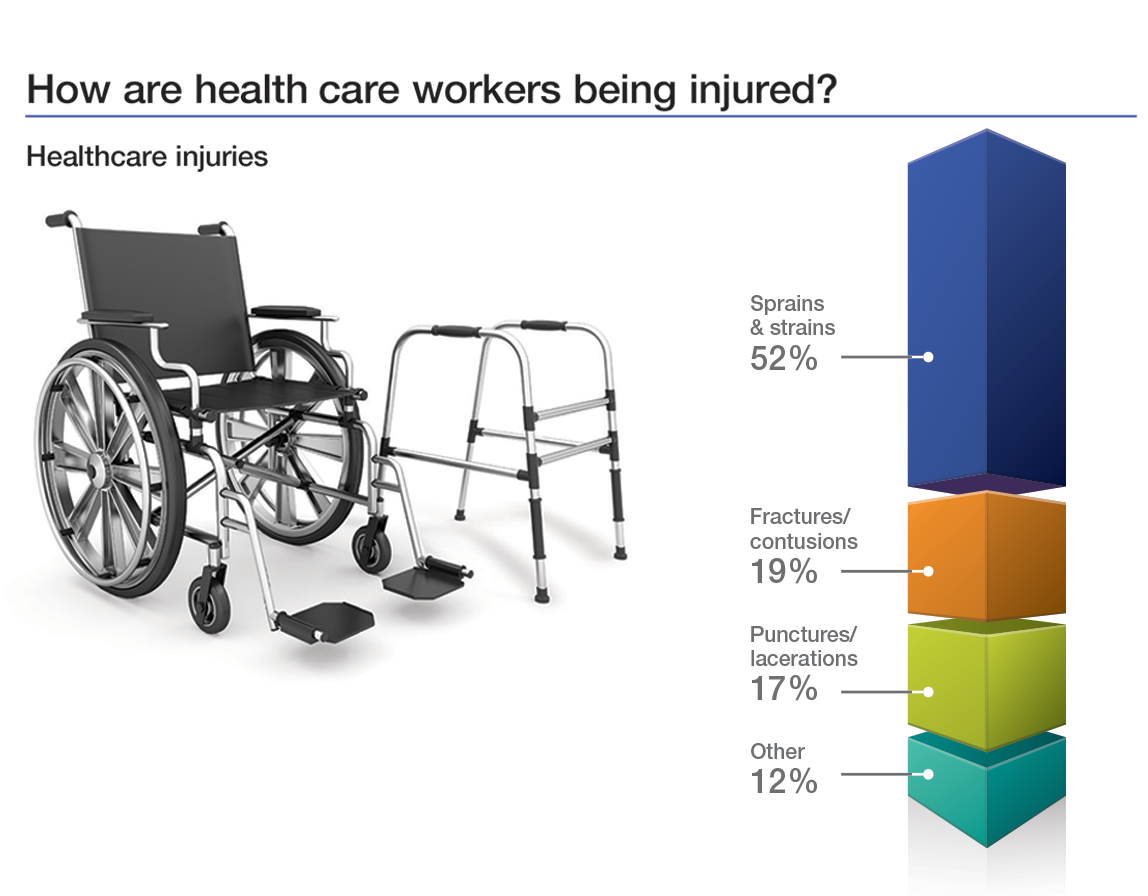Technology is rapidly changing. Have your company’s driving policies kept up?
If you have employees who drive as part of their jobs, your driving policy should address cell phone use. Drivers interacting with cell phones have a 17 percent higher risk of being involved in a crash or near crash, according to the Insurance Institute for Highway Safety . Most of the increased risk is attributable to reaching for, answering or dialing a cell phone.
The risk of a crash or near crash is five times higher for drivers who are texting, according to the institute. There were 3,450 traffic fatalities in 2016 due to distraction-related crashes, according to the National Highway Traffic Safety Administration , and 42 percent of drivers admit to reading texts or emails while behind the wheel, according to the Governors Highway Safety Association .
Cell phone laws
Awareness of the connection between car crashes and cell phone use is increasing. Many states are starting to pass laws prohibiting certain kinds of cell phone use while driving.
Starting on August 1, 2019, the use of hand-held cell phones while driving is banned in Minnesota. Drivers are required to use a hands-free device or voice commands if they are using a cell phone. The only exceptions are to obtain emergency assistance, report emergencies, hazards or crimes and report that a person’s life or safety is in danger. Drivers in authorized emergency vehicles are also exempt while performing official duties.
SFM’s other core states also have cell phone laws, although they are all more lenient.
In Wisconsin, drivers with a probationary license or instruction permit are prohibited from using both hand-held and hands-free devices except in case of emergency. Wisconsin has also banned use of hand-held devices in construction zones, and all texting while driving is prohibited.
South Dakota also bans texting while driving, as well as hand-held cell phone use for drivers under 18.
Nebraska and Iowa have both banned texting while driving.
Distracted driving policy examples
A total employer cell phone ban covers: handheld and hands-free devices, all employees, all company vehicles, all company cell phones and all work-related communication, even in a personal vehicle using a personal cell phone.
Here are a few examples of policies you can draw from to address employee cell phone use while driving:
- Sample cell phone policy
This policy, which SFM reprinted with permission from the Society of Human Resource Management, states that employees may not talk or text on their cell phones while driving for work, regardless of whether they use hands-free devices. Employees are required to pull into a rest area or parking lot and stop their vehicles before placing or accepting cell phone calls. - National Safety Council sample distracted driving policy
This policy (available by downloading the free Cell Phone Policy Kit) adds that employees are not to use voice features in vehicles. - City of Minneapolis Distracted Driving Procedures
This companion to the city’s policy spells out the meaning of “distraction,” breaking it down into cognitive, physical and visual distraction. It even tells employees what constitutes an acceptable place to pull over and use their phone.
Note that employers have been held liable for crashes caused by their employees’ cell phone use.
Hands-free devices not enough to prevent distracted driving
Distraction comes in different forms, according to the organization EndDD :
- Manual distraction: Taking your hands off the wheel
- Visual distraction: Taking your eyes off the road
- Cognitive distraction: Letting your mind wander from the task of driving
Research shows the cognitive distraction of talking or texting while driving is dangerous, even when drivers have both hands on the wheel. According to 2013 research from the AAA Foundation for Traffic Safety , these mental distractions slow reaction times and cause drivers to miss important visual cues.
Research from the University of Iowa showed that subjects engaged in answering true and false questions, intended to mimic the distraction level of a phone conversation, took twice as long to look at new objects on the screen in front of them than those who were not engaged in answering questions.
This video from the National Safety Council highlights why a cell phone policy that covers hands-free devices is so important.
Training your employees on cell phone policy
After your company has the right policies in place, it’s important to make sure employees follow them.
Our 5-minute solution safety training talk on cell phone use provides talking points you can share with your employees including:
- Cell phone users have significantly poorer reaction time.
- To stay safe, eliminate all cell phone use while driving including taking calls, sending or reading text messages, sending or reading email and surfing the web.
- Cell phone laws apply while at a stop sign or stop light as well.
Training employees on the dangers of distracted driving really does make a difference. A study of health care workers showed a 50 percent decrease in distracted driving following an awareness campaign.
Additional resources on safe driving
For more information on safe driving, check out these downloadable resources:
- “Driving isn’t what it used to be” CompTalk
- Sample cell phone policy CompTalk
- Cell phone use 5-Minute Solution
- National Safety Council Cell Phone Policy Kit
- National Safety Council distracted driving page
- Governors Highway Safety Association page on distracted driving
- Eight tips for defensive driving
This is not intended to serve as legal advice for individual fact-specific legal cases or as a legal basis for your employment practices.


